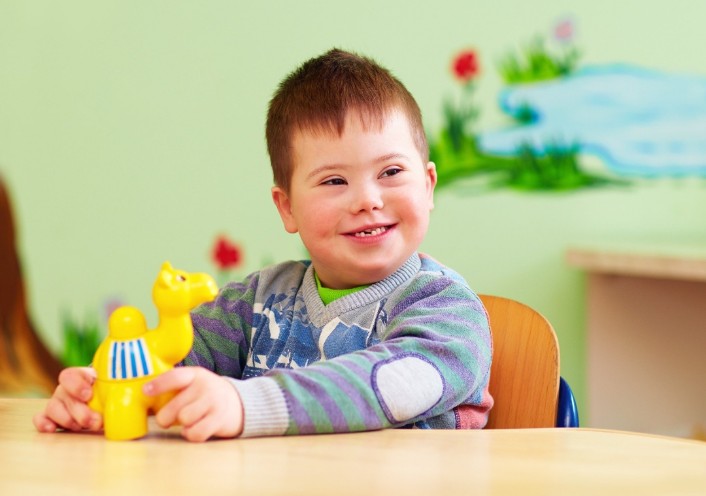Are your child’s nonverbal skills lacking? Do they have a hard time picking up on facial emotions and social cues? Does your child have difficulty deep listening and processing speech/verbal communication? If so, you might be parenting a child with autism or Nonverbal Learning Disorder.
Nonverbal Learning Disorder vs Autism — what’s the difference?
Read everything you need to know about these disorders.
Contents
Core Characteristics
People with NVLD usually have trouble getting and understanding gestural information. This can make it hard to understand body language, facial emotions, space, and the details of nonverbal communication.
People with NVLD may be good at verbal talking but have trouble with nonverbal communication. This makes it hard for them to get along with others and do well in school.
There are also wider signs of Autism, such as trouble with both verbal and nonverbal social contact and communication, limited hobbies, and repetitive behaviors. For each person, these problems can appear in different ways, but they usually make it hard to go about daily life.
Social Interaction
People with NVLD often feel a strong need to connect with others and may go out of their way. But because they have trouble understanding social cues, they can seem awkward in social situations or be misread.
People with Autism often have worse social problems and last longer. They might find it hard to make and keep friends, have little interest in talking, and have trouble reading and responding to social cues.
Language and Communication
People with NVLD often have good communication skills and a large vocabulary. But they may have trouble understanding language that isn’t literal, like sarcasm or idioms, and they may tend to take things very seriously.
Autism is often accompanied by trouble with language and understanding. Some people’s speech development may be slow or limited. In contrast, others may have strong language skills but still have trouble with pragmatic language and social communication, like keeping a talk going or understanding how others see things.
Repetitive Behaviors
NVLD is not marked by repetitive behaviors like making the same moves over and over or sticking to strict routines. Most people with NVLD don’t do these things.
Autism is often marked by repetitive actions. These behaviors can include moving your hands, rocking, putting things in a certain way, or closely sticking to routines. Most of the time, these repetitive actions are ways to calm down or deal with sensory issues.
Motor Skills
Most people with NVLD have well-developed fine and gross movement skills. Most of the time, they don’t have trouble moving their bodies.
Autism is more often linked to problems with motor balance, including problems with both fine and gross motor skills. Some people with Autism may find it hard to tie their shoelaces or use tools.
Luckily, Applied Behavior Analysis (ABA) is one of the best ways to help people with autism improve their social and communication skills through organized interventions. For people with autism to get the best ABA services, they need to get diagnosed and treated quickly. This can give them the support and therapy they need to meet their unique needs.
Cracking the Code Between Nonverbal Learning Disorder vs Autism
Understanding the differences between Nonverbal Learning Disorder vs Autism is important for accurate diagnosis and effective treatments. To learn more, contact your local medical provider, and they can direct you to specialists and resources that can help. Endeavor to be an informed advocate for those affected by these neurological disorders.
We hope you found this article helpful. If you did, be sure to check out our blog for more valuable information.

